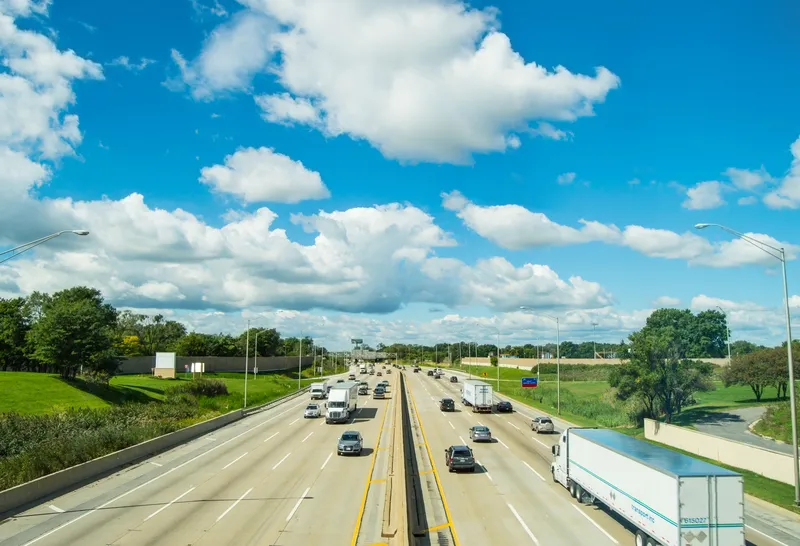RedSpeed International is to supply around 600 speed and red light safety cameras to Transport for London (TfL). The award is the result of a process which started in August 2012 and will see the company’s SpeedCurb and RedSpeed products progressively installed with a completion date of October 2016.
The installation of the RedSpeed digital red light camera replacement in London has already started. The cameras not only enforce against red light running, but also monitor and enforce against vehicles brea
September 22, 2014
Read time: 2 mins

The installation of the RedSpeed digital red light camera replacement in London has already started. The cameras not only enforce against red light running, but also monitor and enforce against vehicles breaking the speed limit while going through traffic lights during the green and amber phase, or speed on green, providing enhanced safety at junctions where the risk is higher.
The installation of SpeedCurb spot speed digital cameras is scheduled to start in October.
As digital cameras they operate 24 hours a day, 365 days a year.
Ben Plowden, director of Strategy and Planning at TfL, said: “Ensuring that all road users are acting responsibly is vitally important to ensure that the capital’s roads are kept safe for all. We are committed to delivering a 40 per cent reduction in the number of people killed or seriously injured on the capital’s roads by 2020. “We’ve worked closely with the London boroughs and police on implementing this important upgrade and, by ensuring that our safety cameras have the latest digital technology, we can help further reduce the number of unnecessary speed-related collisions that occur each year.”
RedSpeed International’s managing director, Robert Ryan commented: “We are pleased to extend our ongoing working relationship with TfL following the award of this contract and look forward to continue working in partnership with them on this significant project. RedSpeed has a long history in the digital enforcement market and this success is testimony to the expertise and professional approach of all parties, combined with the willingness to get the job done with the ultimate aim of saving lives.”









